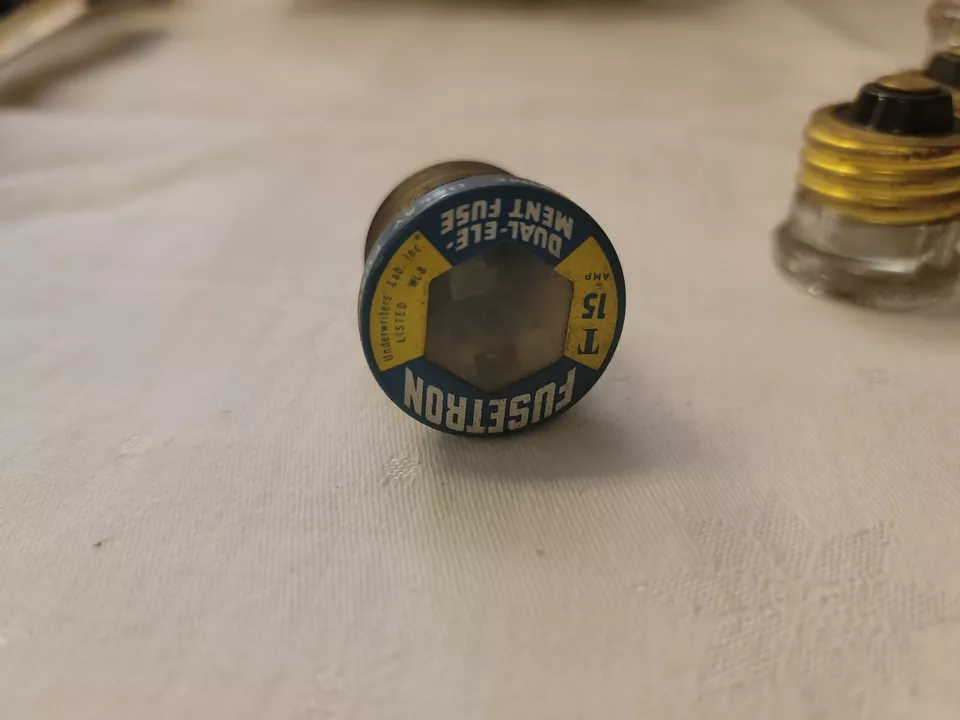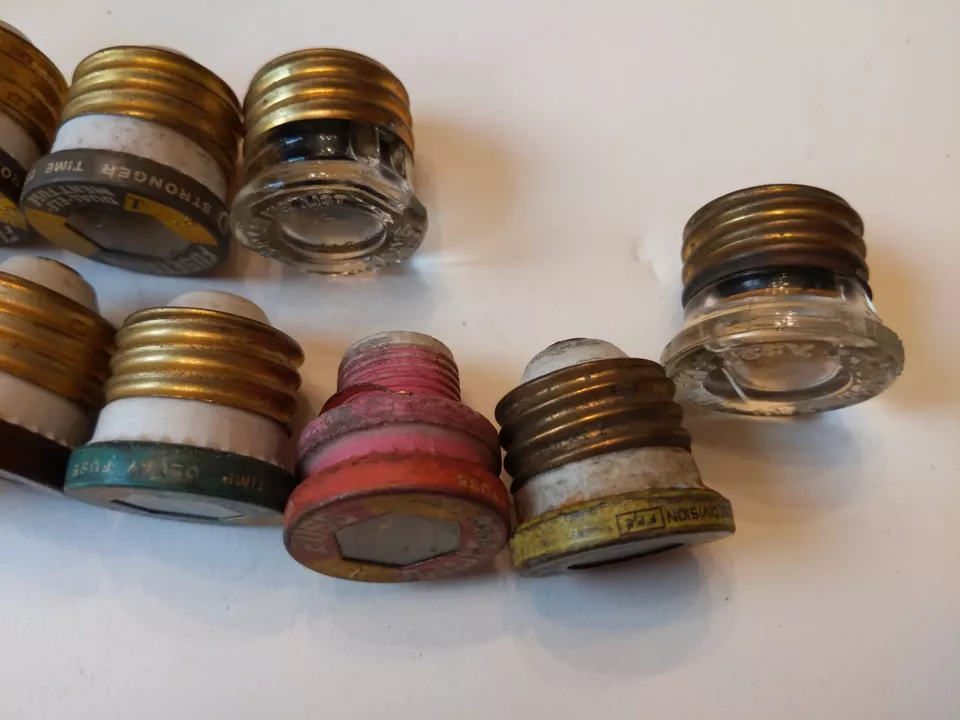In the intricate world of electronics and electrical engineering, one small component plays a monumental role in safeguarding circuits and equipment: the fuse. Designed to protect against overcurrent situations, fuses are essential safety devices that prevent catastrophic damage to electrical systems. Their operation may seem simple, but their impact is profound, making them an indispensable part of modern electrical engineering.

What Is a Fuse? Understanding Its Purpose
A fuse is a sacrificial electrical safety device that interrupts the flow of current in a circuit when the current exceeds a predetermined level. This interruption prevents potential hazards such as overheating, fires, and damage to connected equipment.
The critical component of a fuse is a metal wire or strip designed to melt when subjected to excessive current. Once the wire melts, the circuit becomes an open loop, stopping the flow of electricity.
How Fuses Operate: The Basics
Fuses are connected in series with the circuit they protect, ensuring all the current flows through the fuse. The fuse element generates heat as current passes through it.
- Normal Operation: At the rated current, the fuse remains intact, allowing the circuit to function normally.
- Overcurrent Scenario: When excessive current flows, the heat generated causes the fuse element to melt, interrupting the circuit and preventing further damage.
The choice of fuse material, such as zinc, copper, silver, or aluminum alloys, determines its performance characteristics.
Types of Fuses: Tailoring Protection to the Application
Different types of fuses cater to the diverse needs of electrical systems. Here are the main categories:
Fast-Blow Fuses
- Designed to react quickly to overcurrent situations.
- Commonly used in sensitive electronic devices where even brief exposure to excessive current could cause damage.
Slow-Blow Fuses
- Also known as time-delay or anti-surge fuses.
- Allow short bursts of high current without blowing, ideal for equipment like motors that draw high startup currents.
Dual-Element Fuses
- Combine fast and slow characteristics by incorporating a solder joint and a metal strip.
- Provide protection against both short circuits and prolonged overloads.

Time vs. Current Characteristics of Fuses
The operation of a fuse is not instantaneous; it depends on the relationship between the current flowing through the fuse and the time it takes for the element to melt.
- Current-Time Curve: Manufacturers provide detailed graphs showing how quickly a fuse will blow at different current levels.
- Logarithmic Scales: These plots allow engineers to select a fuse that aligns with the operational needs of the circuit.
For example:
- A standard fuse might blow within one second when exposed to twice its rated current.
- A fast-blow fuse could blow in 0.1 seconds under similar conditions.
Construction of a Fuse: An Inside Look
The simple appearance of a fuse belies the precision of its design.
- Fuse Element: The metal strip or wire, carefully chosen for its melting characteristics.
- Housing: A non-combustible casing protects the fuse and prevents fire hazards.
- Quenching Material: Surrounding materials like silica sand help extinguish arcs during operation, ensuring safe disconnection.

Some advanced designs include features like springs to quickly separate fragments of the melted element, enhancing reliability.
Fuses vs. Circuit Breakers: Key Differences
While circuit breakers serve a similar purpose, they operate differently from fuses:
- Reusable vs. Sacrificial: Circuit breakers can be reset after tripping, whereas fuses must be replaced.
- Response Time: Fuses generally operate faster, making them ideal for sensitive applications.
- Cost: Fuses are often more affordable but require ongoing replacement costs.
Choosing between a fuse and a circuit breaker depends on the specific requirements of the system.
Applications of Fuses: Where They Shine
Fuses are found in a wide range of applications, from small electronics to industrial systems.
- Consumer Electronics: Protect sensitive components in devices like TVs, smartphones, and computers.
- Industrial Equipment: Prevent damage to motors, transformers, and heavy machinery.
- Automobiles: Ensure safe operation by protecting circuits in cars and other vehicles.
- Power Systems: Provide overcurrent protection in power distribution networks.

The History of Fuses: A Journey Through Time
The concept of fuses dates back to the mid-19th century, with early designs used to protect telegraph stations from lightning strikes.
- 1864: Wire and foil fusible elements emerged to safeguard lighting installations.
- 1890: Thomas Edison patented the modern fuse as part of his electric distribution system.
From these humble beginnings, fuses have evolved into highly specialized devices with tailored characteristics for various applications.
Future Innovations in Fuse Technology
As technology advances, so does the need for more sophisticated circuit protection. Innovations include:
- Miniature Fuses: Designed for compact devices like smartphones and wearables.
- Smart Fuses: Equipped with monitoring capabilities for real-time data on circuit conditions.
- Eco-Friendly Designs: Focused on reducing waste and improving sustainability.

Conclusion: The Unsung Heroes of Electrical Safety
Fuses may be small, but their role in electrical safety is monumental. They protect circuits, equipment, and lives by preventing dangerous overcurrent scenarios. From their early history to their modern applications, fuses remain a testament to human ingenuity and our commitment to safety.
Whether safeguarding sensitive electronics or powering industrial machinery, fuses are a cornerstone of electrical engineering. As we look to the future, their evolution will undoubtedly continue, ensuring that this humble yet vital device remains at the forefront of circuit protection.


